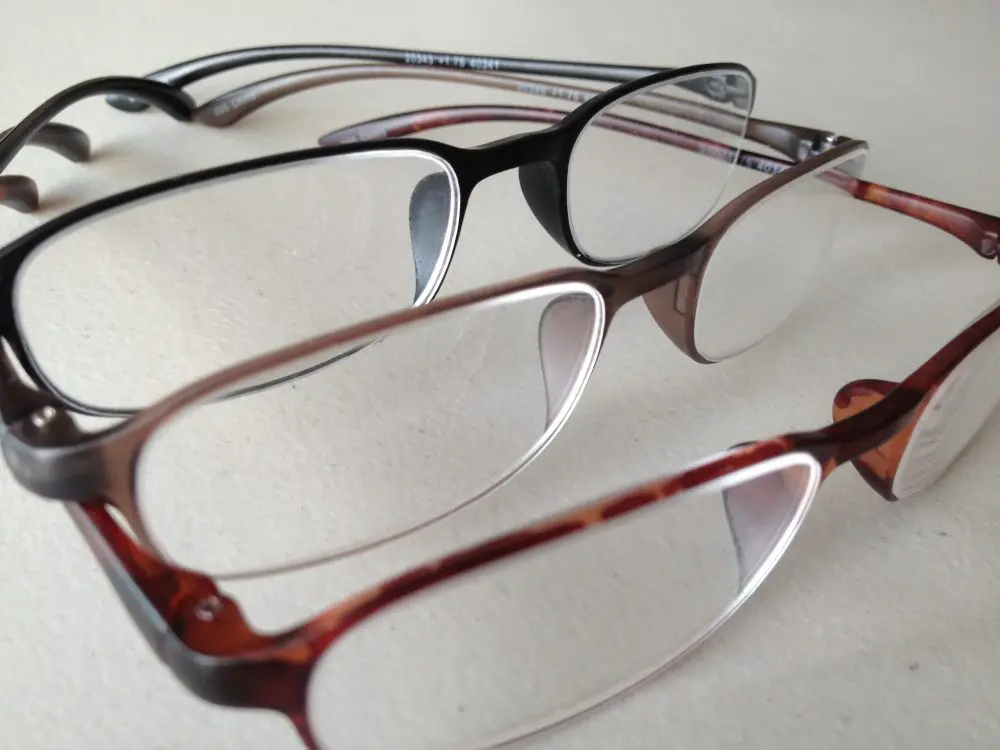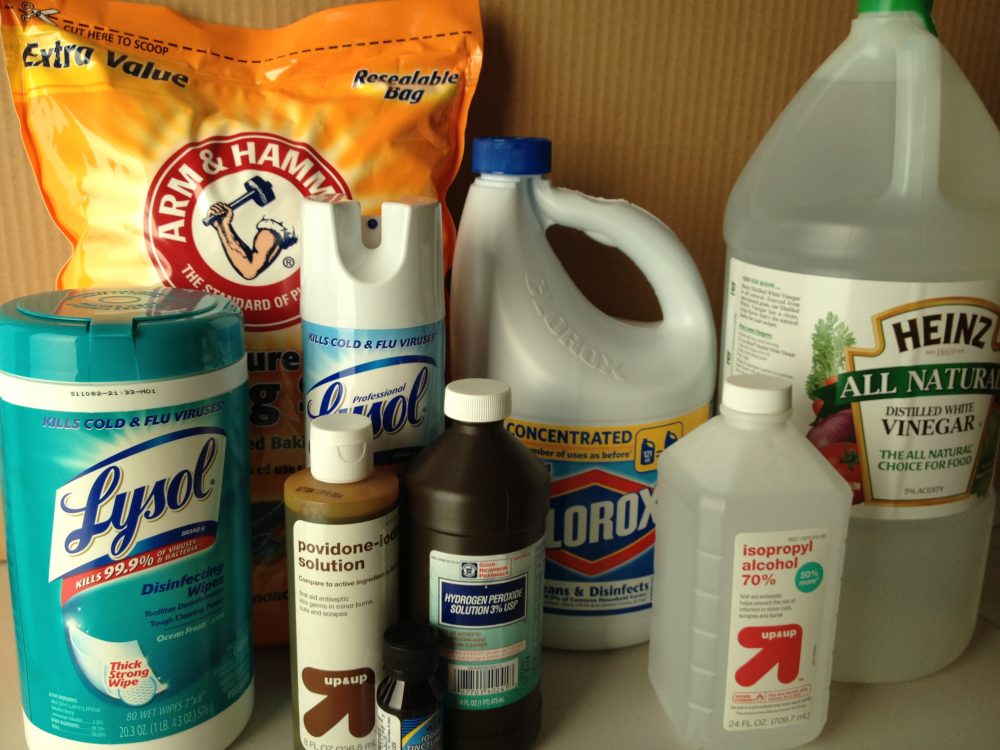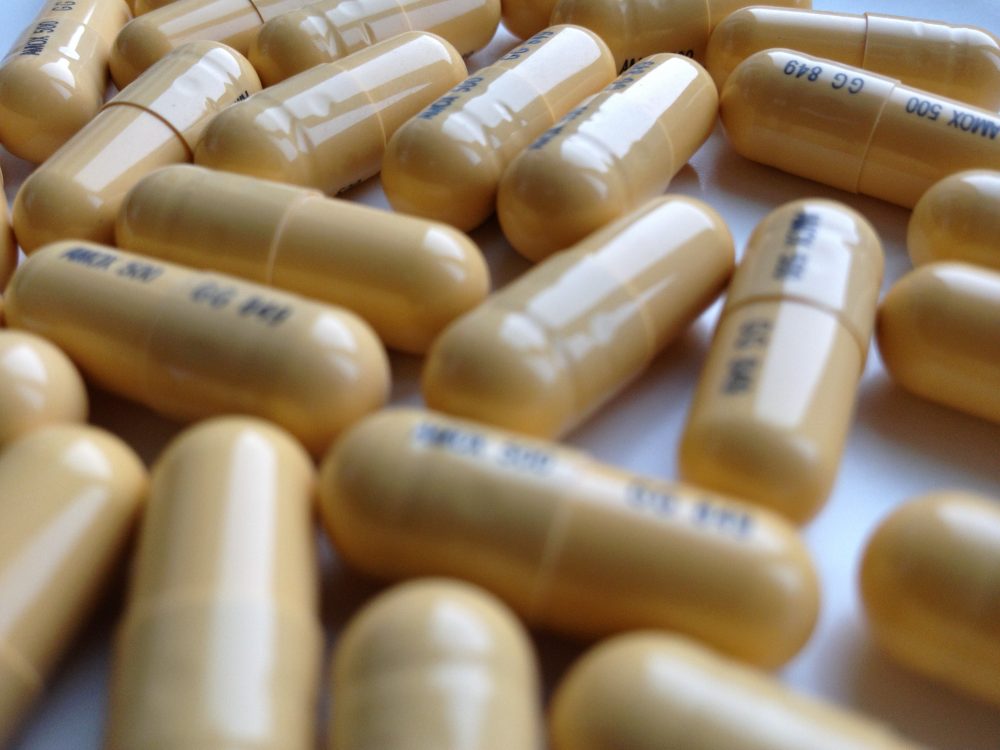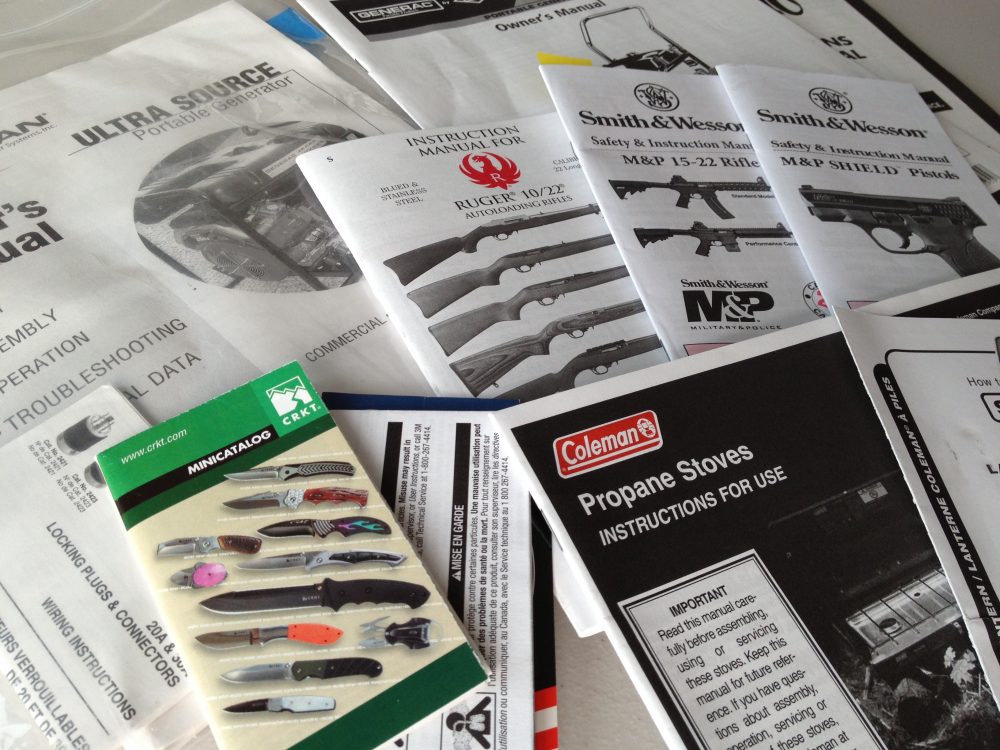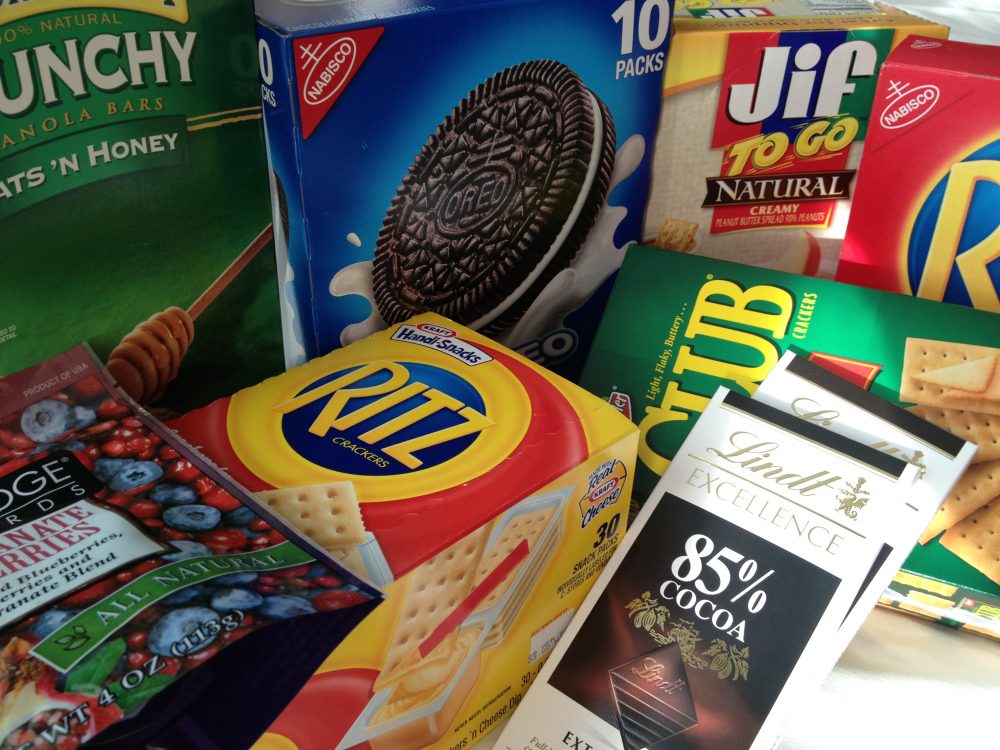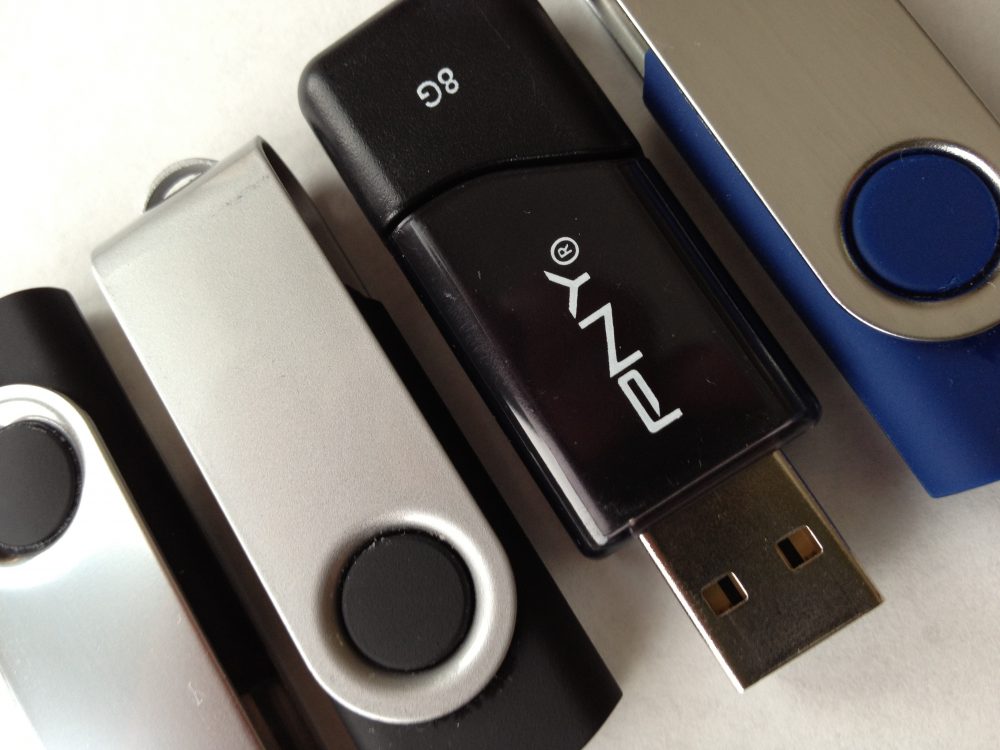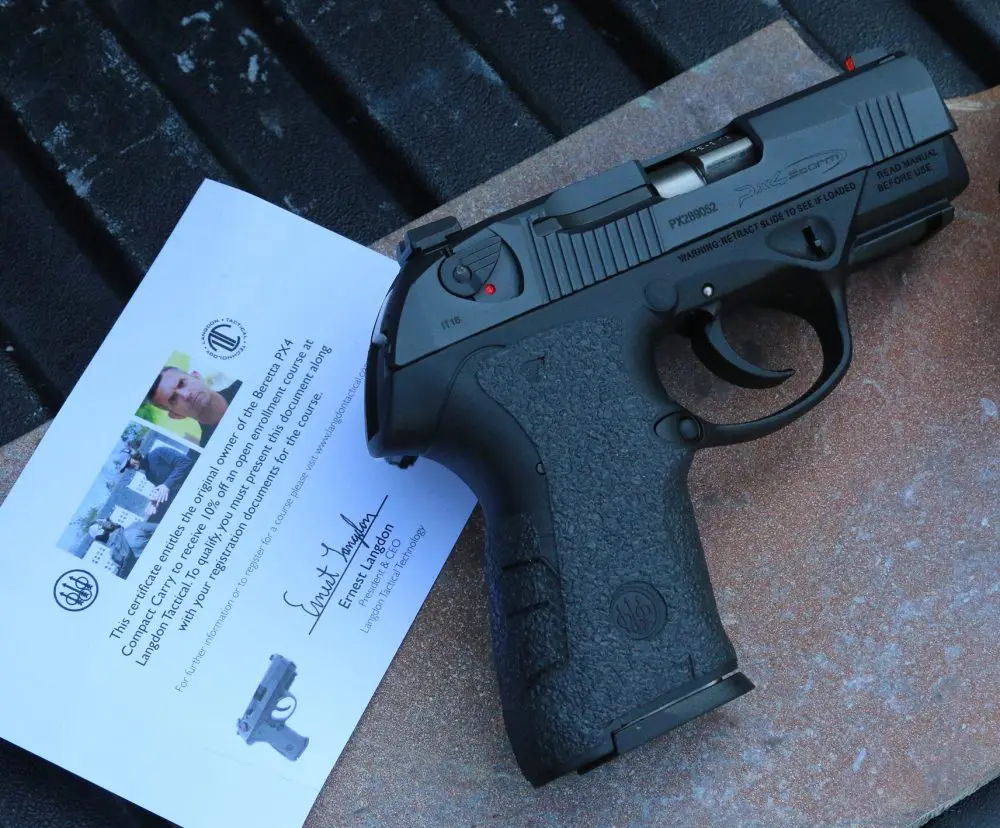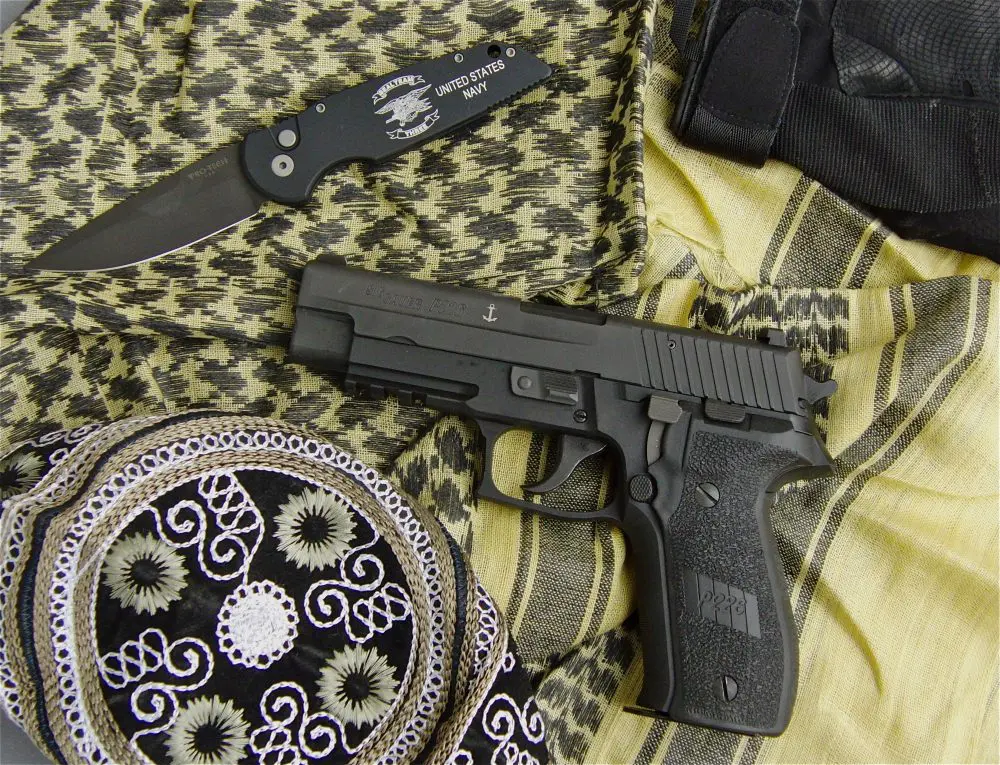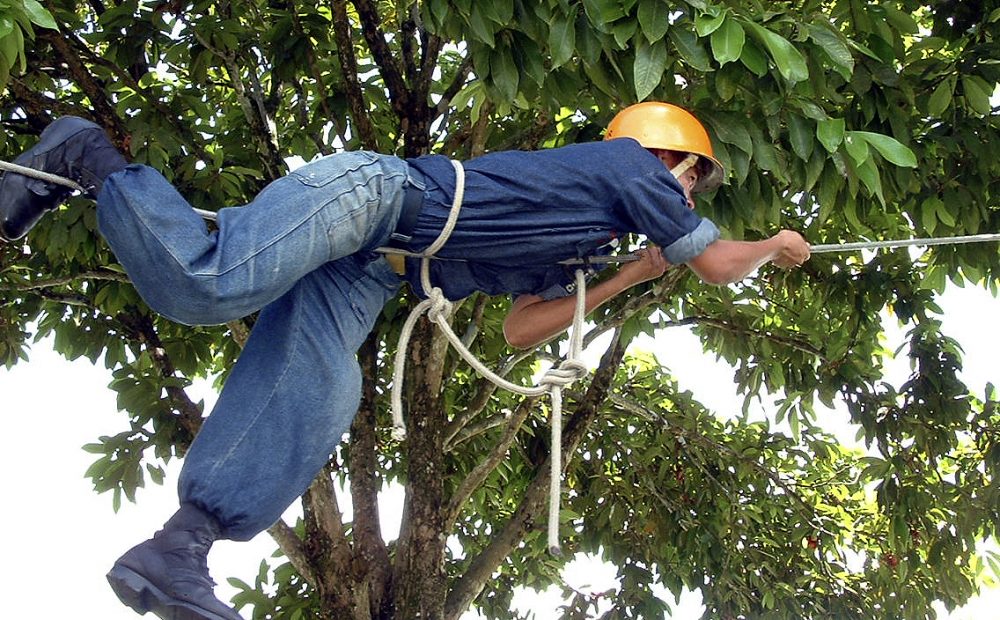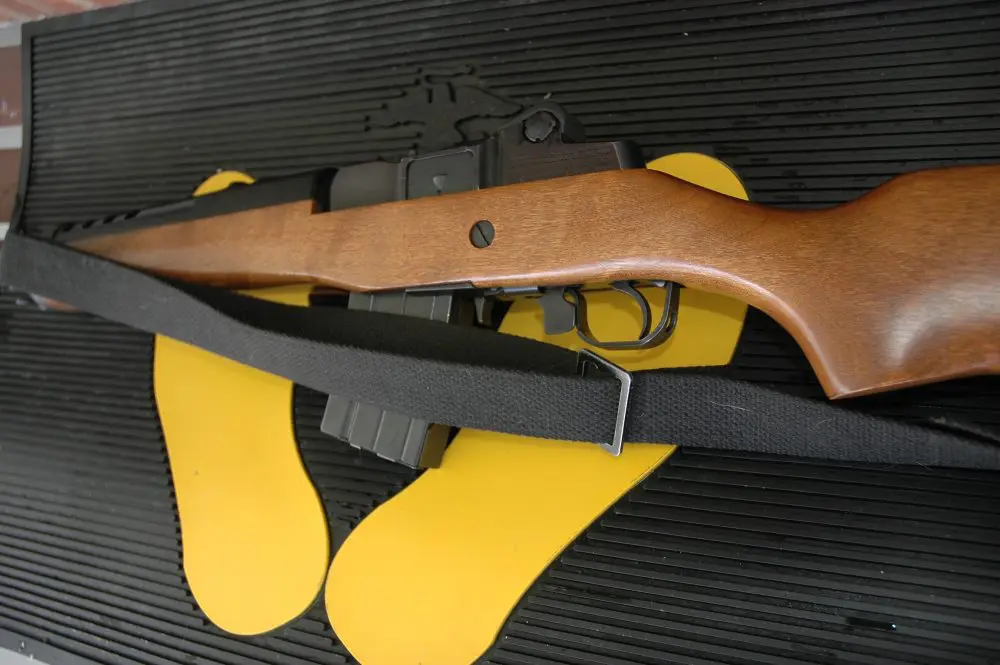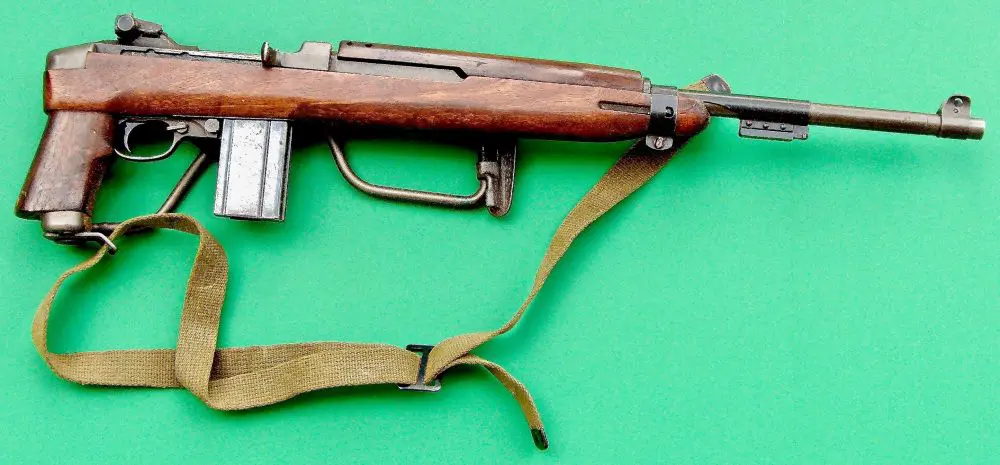When it comes to preparedness, I usually encourage folks to focus on the basics—food, water, first aid, medical, sanitation, hygiene, self-defense, security, and of course, knowing when to stay put and when to get out. All these things are important, but when I talk about them, some people only hear the following:
- Food
- Water
- Guns
- Bug-Out Bag
- Guns, (I mean, more guns.)
Some of the subtler points get lost. And while food, water and guns are very important, some other areas also deserve careful consideration. After all, preparedness is a lifestyle—not something you can do over a long weekend and then forget about. It’s a life-long process that will grow and evolve as your circumstances and conditions change. No one would expect a single 20-year-old to prepare in the same way as an older couple with small children. A person living in Arizona will prepare quite differently than someone who lives in Alaska.
Keep an extra pair of prescription glasses and extra contact lenses and supplies for emergencies. Hold on to a copy of your most recent eyeglass prescription(s) for you and any other members of your family who wear glasses.
In the past, when people asked me what I perceived as the most often neglected preparations, I responded by naming some of the things that are usually overlooked, but I was never entirely satisfied with my answer.
It’s a question that has nagged at me—there are surely some important preparations that are neglected no matter who you are or where you’re from. I figured it might be helpful to compile a list of the ten things I think are most often neglected, followed by a brief summary explaining why. Remember, things are always changing. But after substantial consideration and a careful elimination process, here are the top ten most neglected preps as of this moment:
Household goods don’t get much attention in preparedness planning, but not having these supplies will seriously affect your ability to maintain safe and sanitary conditions in the aftermath of a disaster.
Table of Contents
PRESCRIPTION MEDICATIONS
A recent study suggests that 70% of Americans take at least one prescription drug, and more than half take at least two prescriptions. It’s also believed that many of these folks refill their prescriptions on a monthly basis. If you or someone in your group is one of these people, here’s the problem—in the event of a disaster or public emergency, you may not have access to your doctor, pharmacy or local drug store for an extended period of time.
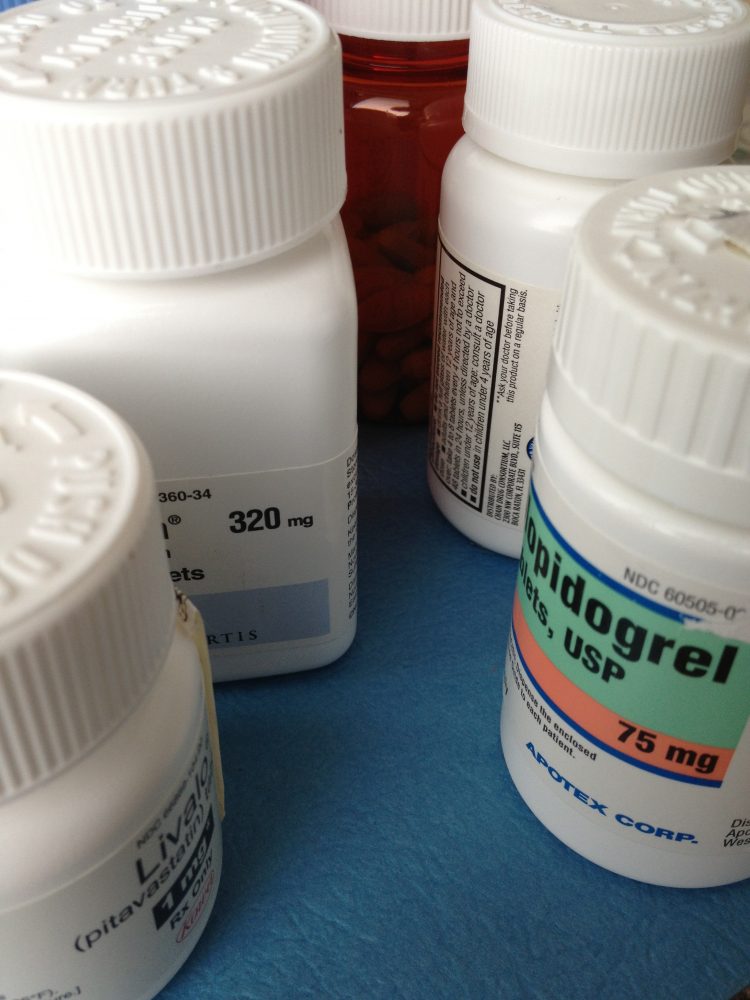
If your preps don’t include at least a 60- to 90-day supply of the medications you routinely take, how will you get your medications during a disaster? Many people take drugs for depression, chronic pain, heart disease, diabetes, and other serious conditions that can worsen during times of high stress.
Also include a physical copy of your written prescription(s) in your preps or bug-out bag. You certainly can’t get a prescription filled with a copy, right? After a disaster, you may find yourself in front of a health-care professional who has never met you before, and that person will probably not have access to your medical records. That individual will be a lot more comfortable prescribing or dispensing a medication if they see written proof that you were already taking it.
In addition, the prescription copy will also confirm the specific product, dosage and how often you’re supposed to take it. Having a copy is easy and costs nothing, yet most people never think to do it.
ANTIBIOTICS AND ANTIVIRALS
Most people do not take these drugs on an ongoing basis, but may certainly need them during and after a crisis. For the same exact reasons that the drugs above will not be available, these may also be unavailable. During the H1N1 (Avian Flu) outbreaks, antiviral treatments were almost impossible to find. Plan ahead and stock up.
Make sure to discuss your particular situation with your doctor or health-care provider, express your concerns, and consider all available options. Many doctors will work with you if you explain your intentions.
PRESCRIPTION GLASSES AND CONTACT LENSES
About 75% of Americans use some form of prescription lenses. That’s 225 million Americans. (About 64% wear glasses and 11% contacts). This number doesn’t include all those folks who need prescription lenses but don’t wear them. During a disaster, glasses can be lost or damaged, and contact lens cleaning products and replacement lenses may not be available. What will you do if you can’t see?
Keep an extra set of glasses as a back-up, and keep a copy of your latest eyeglass prescription. If you can’t afford an extra pair of glasses, keep your old glasses the next time you update your prescription. They’ll be outdated but in most situations, still good enough to allow you to see.
Having antibiotics and antivirals on hand may save your life.
For contact lenses, store extra lenses and supplies, and have an inexpensive pair of prescription eyeglasses for an emergency. You may want to avoid direct contact with your eyes, during the unsanitary conditions that are common following a disaster.
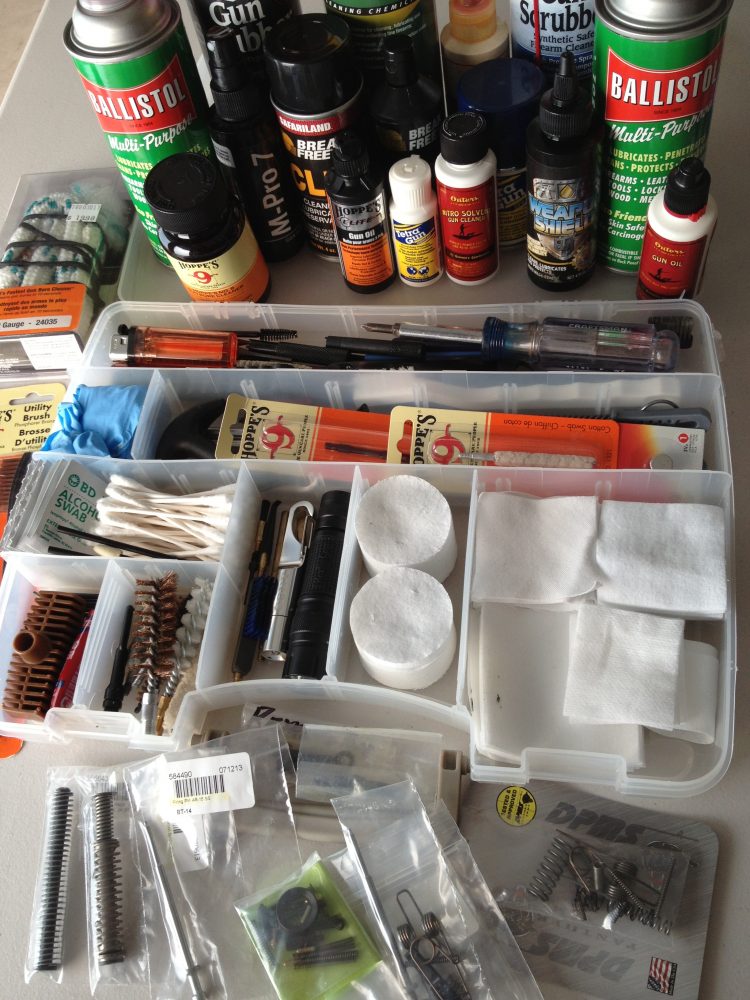
MAINTAINING HEALTH & FITNESS
Staying strong and healthy may not be one of the first things you think about when formulating your survival plan, but maybe it should be. Good health and physical fitness should always be at the top of your list of priorities. What good are you to yourself or your family during a disaster if you are weak, frail or in poor health?
Now (i.e., before a crisis) is the time to take care of all medical and dental issues. Get regular check-ups, exercise, eat well and stay healthy. Whatever you need to improve your health or treat a known condition, get it done now while there are hospitals, doctors, clinics and pharmacies open and available.
Don’t wait until after a major crisis to start worrying about the toothache that’s been bothering you for months and has now become infected at the worse possible moment. If you have some unhealthy habits, now is an excellent time to reconsider your choices and maybe do a cost/benefit health analysis.
SANITATION & HYGIENE
Lack of proper sanitation can kill just as quickly as lack of food and water. A clean water supply and proper hygiene are some of the best ways to reduce the spread of illness.
During normal times, our homes receive an abundant supply of fresh clean water, and the drains, pipes and sewers safely carry away the waste. During a disaster, the water may stop flowing or be unsafe to drink, shower or even clean with. The sewer system may also be compromised and/or stop flowing.
Even if the sewers are working, if you have no water to flush, there are few other options. Include a strong sanitation and hygiene component in your survival plan. Items to store include portable toilets, garbage bags, five-gallon buckets, extra toilet paper, paper towels, personal wipes, etc. These products are usually quite inexpensive and store very well.
Still have doubts? Imagine how you would cope without these products in the absence of running water.
Organize a file with manufacturers’ manuals, maintenance information and instructions for all equipment, firearms and tools.
HOUSEHOLD GOODS
These are items that we normally take for granted, but during a disaster they become indispensable. If the water supply is somehow compromised, you will want to conserve water strictly for drinking. Paper plates, plastic cups and utensils, paper towels, sanitary wipes and plastic bags allow you to use and dispose.
Also include bleach, baking soda, vinegar, alcohol, iodine solution, disinfecting wipes and sprays to help keep your environment clean and disinfected. None of these items are as sexy as guns and bug-out bags, but they may one day help save your life. Again, it’s a no brainer: these items are inexpensive, store well and will be used on an ongoing basis anyway, therefore no waste.
SPARE PARTS
Finally the guns—yesss!
If you have firearms in your self-defense plan, you have no doubt already also included extra ammunition, accessories and training in your plans and preps. But have you included spare parts? A firearm is a mechanical device with many small moving parts. One broken spring and your firearm is now a very expensive paperweight.
If you are unsure as to what parts to store, speak with a local gunsmith and find out what parts he routinely replaces when he repairs that make and model. Trust me, the gunsmith will know exactly the parts you’ll need. Store spare parts not only for your guns, but for all devices and equipment that you’ll depend on during a disaster.
This includes generators, flashlights, chainsaws, and outdoor stoves. Also store and maintain manufacturers’ manuals and literature, maintenance information and any specialized tools you may need to service that equipment. Plan on system failure at the worst time.
Comfort items help us cope and bring relief during times of high stress.
COMFORT ITEMS
These items are not so much for survival as they are for comfort and maintaining a sense of normal even under the worst circumstances. Comfort items may include favorite snack foods, candies, gum, games, toys for the kids, and tobacco and alcohol for the adults.
If you currently smoke, I’ll nag for a moment and urge you to quit and start improving your health, but during a disaster may not be the best time to quit. Keep a few spare packs just in case, or maybe some nicotine replacement products to relieve cravings.
For a win/win, dump the smokes now and add the extra money to your prepping budget.
COPIES OF IMPORTANT RECORDS
Imagine that your home is destroyed, along with your wallet and all your legal, financial and medical records. Nervous yet? How will you begin the reconstruction without this vital information? A bank safe deposit box is a safe place to store valuables and important documents, but access may not be possible after a disaster.
Start by keeping all original documents in a fire-resistant safe or lockable metal cabinet. Maintain copies in a water-resistant plastic case, with additional copies with a trusted friend or relative at a remote location.
Lastly, buy a flash drive, scan all important documents and save them on the drive (password protected, of course). A flash drive is small, weighs next to nothing, and can be taken anywhere. Nothing is 100%, but with some precautions you at least have a chance after a disaster.
Scan all important documents and save them on a flash drive.
FIRE SAFETY SUPPLIES
Think of all the things that can go wrong during a disaster. Also, assume that in the aftermath of any crisis, first responders will be unavailable or stretched beyond capacity. Consider adding strategically placed quality fire extinguishers in every room in your house or apartment.
Don’t forget to maintain your smoke detectors and have an evacuation plan for the entire family. In an emergency, you can extinguish a fire by throwing baking soda on it, as baking soda cuts off the oxygen supply.
CONCLUSION
This list is by no means complete and could be expanded to the top 20 and beyond. I suggest you add to it to reflect your own circumstances.
The most important thing is that this list makes you stop, think, plan and adjust your preps accordingly. The worst preparations are the ones you never made.
Richard Duarte is a practicing attorney and currently teaches and consults in the areas of urban survival planning and preparation. He is the author of Surviving Doomsday: A Guide for Surviving an Urban Disaster. For the latest news and updates, connect with Richard on www.survivingdoomsdaythebook.com
